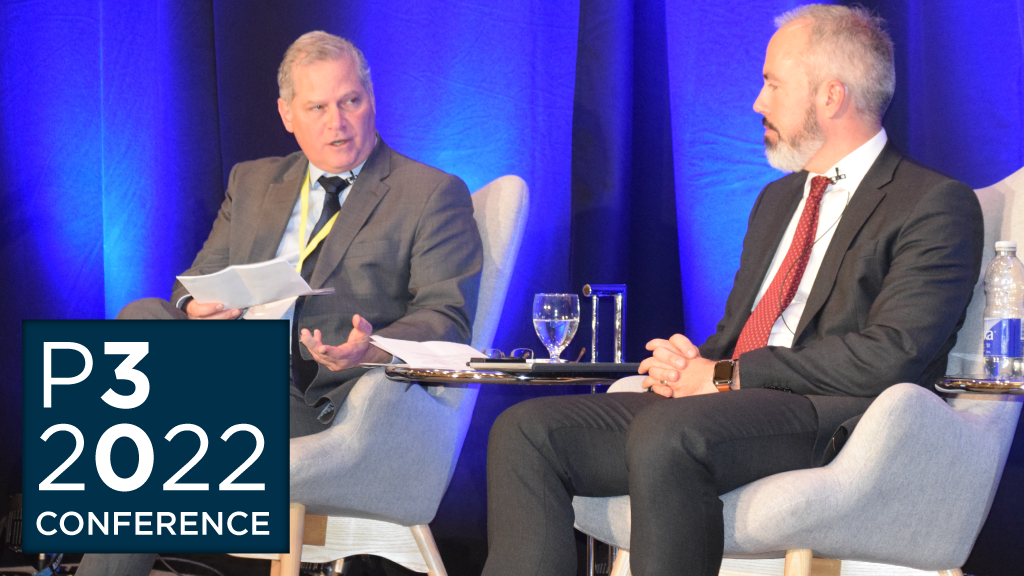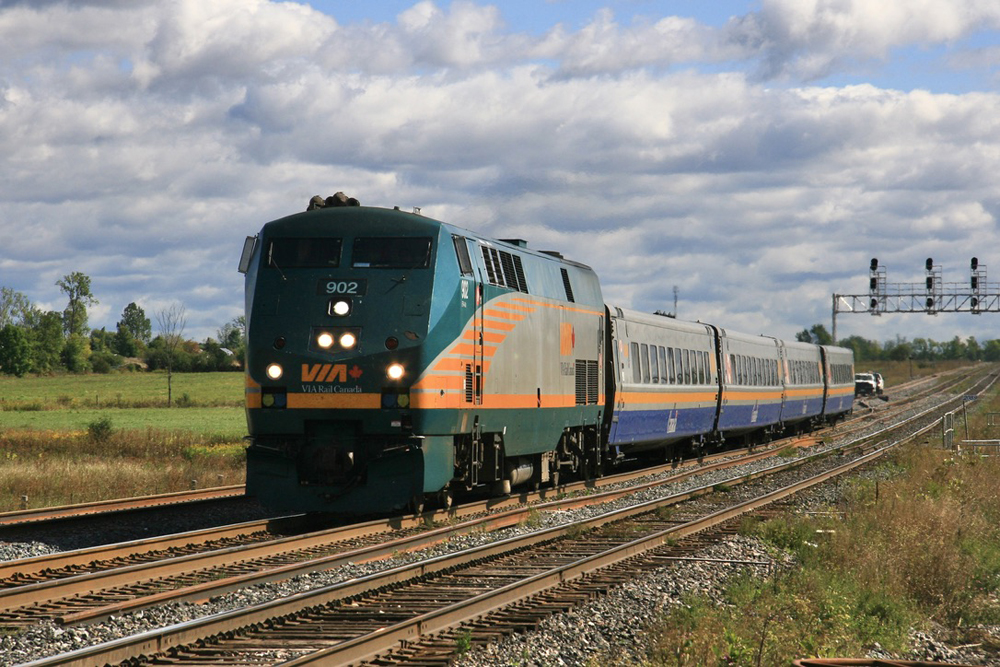lenaitch
Senior Member
Perhaps VIA or the terminal operators should send a delegation to Japan to look at their vending system. I've not experienced it but, by all accounts, is at a level we can barely dream of.virtually extinct in Japan
Perhaps VIA or the terminal operators should send a delegation to Japan to look at their vending system. I've not experienced it but, by all accounts, is at a level we can barely dream of.virtually extinct in Japan
letmeguess, hydrogen amiright?These new trains really do seem excellent which is a refreshing change for VIA.
It will be interesting to see how VIA & Ottawa transition these trains over to zero emissions in the next 20 years because catenary is not something Ottawa has any intention of doing. 2050 is just around the corner and there is no way, in hell, that VIA will be given a pass on net-zero. These are Tier 4 trains which is great but in terms of meeting carbon neutrality, that's not going to cut the mustard.
Reaching net-zero is one of the biggest hurdles VIA is going to have to cross over the next 2 decades and as far as I know, it has absolutely no plan on how to do it but do it they must.
They did have a dining car when the Canadian ran the Sudbury-Toronto-Montreal route in the 1980s - (the routing with the Bonaventure that we discussed above). I even got to eat on it once! Sure beat the club car.Has VIA ever considered using or used the dining cars in the corridor (excluding the Canadian)?
By buying into and adopting whatever strategies its host railroads develop to achieve their own net-zero targets, obviously…How do YOU propose VIA gets to net-zero?

Has anyone seen any surveying going on? Core drilling? How will we know the soil condition or the cost otherwise? Look at the Ontario line project and how much more it costs now, just don't want the same thing to happen.
High Frequency Rail gathering steam, bureaucrats say at CCPPP conference - Daily Commercial News
It’s not yet full steam ahead, but the federal High Frequency Rail (HFR) project for the Windsor-Quebec City corridor has got true momentum, delegates attending a recent P3 conference were told, with procurement ramping up and a team of 50 working to advacanada.constructconnect.com
You need to stop talking about policies you don't understand.2050 is just around the corner and there is no way, in hell, that VIA will be given a pass on net-zero. These are Tier 4 trains which is great but in terms of meeting carbon neutrality, that's not going to cut the mustard.
I fully expect the answer is bio diesel and offsets…. Which I’ll sure as hell take over, you know, highway and aviation expansion.
By buying into and adopting whatever strategies its host railroads develop to achieve their own net-zero targets, obviously…

High Frequency Rail gathering steam, bureaucrats say at CCPPP conference - Daily Commercial News
It’s not yet full steam ahead, but the federal High Frequency Rail (HFR) project for the Windsor-Quebec City corridor has got true momentum, delegates attending a recent P3 conference were told, with procurement ramping up and a team of 50 working to advacanada.constructconnect.com
It will be interesting to see how VIA & Ottawa transition these trains over to zero emissions in the next 20 years because catenary is not something Ottawa has any intention of doing.
2050 is just around the corner and there is no way, in hell, that VIA will be given a pass on net-zero. These are Tier 4 trains which is great but in terms of meeting carbon neutrality, that's not going to cut the mustard.
Reaching net-zero is one of the biggest hurdles VIA is going to have to cross over the next 2 decades and as far as I know, it has absolutely no plan on how to do it but do it they must.
It's likely that it will start as a blend of some kind. Maybe 50/50 diesel bio diesel. As demand increases, supply will meet the demand.You need to stop talking about policies you don't understand.
Net zero is a national commitment. Not some hard and fast rule. It does not in any way mean every hydrocarbon consuming activity has to stop in 2050. It means that whatever is consumed will be offset. On the list of emissions that need to be offset in 2050, VIA Rail is very, very, very far down the list. We can talk about cutting VIA's emissions when auto and air emissions in the Corridor are cut substantially.
Exactly. VIA will never be able to dictate technology use on networks it does not own. And my bet is synthetic biodiesel is easier to adopt for most North American railways.
The only place where electrification is really relevant is the Corridor. And even there not all services need to be electrified. If the bulk of intercity services are on an electrified HFR Corridor, which could easily be London- Quebec City by then, the vast majority of riders will be on electrified services.
The real challenge is cost. If a fuel substitute for conventional diesel is not found, we may end up in a situation where VIA fares are something like 5-10x the variable cost of driving an EV. At that point, electric buses and cars are very likely to kill all passenger rail service that is not electrified and not heavily subsidized. With the declining price trends for EVs and the increasing prices for carbon taxes, we may see this well before 2050. I would think VIA needs to start working on a switch now to complete it by 2035-2040.


High Frequency Rail gathering steam, bureaucrats say at CCPPP conference - Daily Commercial News
It’s not yet full steam ahead, but the federal High Frequency Rail (HFR) project for the Windsor-Quebec City corridor has got true momentum, delegates attending a recent P3 conference were told, with procurement ramping up and a team of 50 working to advacanada.constructconnect.com
“No one can bankroll HFR,” he said. “There is so much risk, you know, it’s 1,000 kilometres. There’s 40 Indigenous peoples that are impacted by the project. There are over 30 municipalities that are going to be crossed one way or the other.”
If 1,000 km provides too much risk, break it up into smaller pieces and do it one piece at a time.





